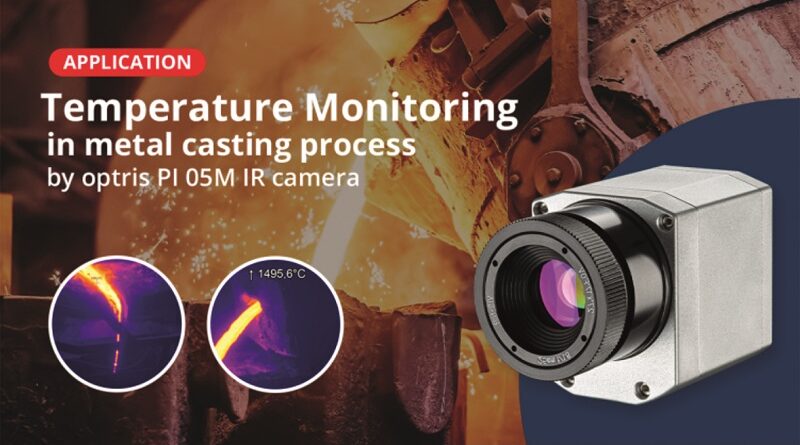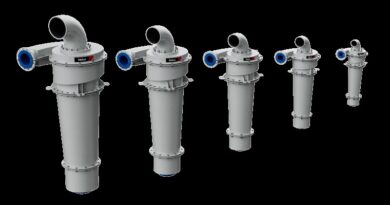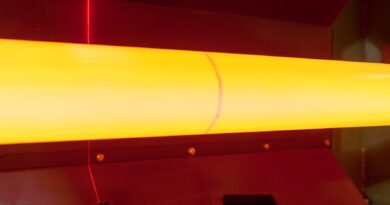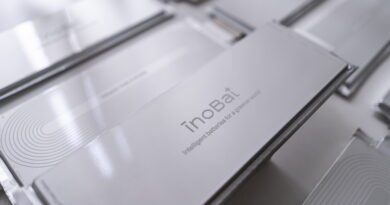Temperature monitoring in the metal casting process
During metal casting, the liquid material is poured into a mould, which, after solidification, becomes a solid body. Both too-high and too-low casting temperatures can lead to quality defects. If the temperature of the liquid metal is too low, it may cool down too quickly in the mould and stop melting. As a result, it is partially filled. Too hot casting, in turn, promotes gas porosity in the cast part and also delays the solidification process. This can lead to grain coarsening in the microstructure. Temperature monitoring of the liquid casting material is therefore indispensable for quality assurance.
The Optris Solution
INSTROTECH, a local Optris representative, offers infrared cameras that monitor the casting process. The temperature of the liquid metal and that of the mould are constantly monitored so that the quality-critical cooling phase can be influenced.
The compact thermal imaging camera Optris PI 05M is primarily used for this purpose. Due to the spectral range and continuous measuring range from 900 to 2450 °C, it is especially suitable for the temperature measurement of molten metals.
Resolution:
- 764 × 480 pixels @ 32 Hz
- 382 × 288 pixels @ 80 Hz
- 72 × 56 pixels @ 1 kHz
Thermal sensitivity:
- < 2 K (< 1400 °C)
- < 4 K (< 2100 °C)
Temperature range: 900–2450 °C
Spectral range: 500–540 nm
Ambient temperature: 0–50 °C
System accuracy (at ambient temperature 23 ±5 °C):
±1 % of measured value for 27/32/80 Hz/ for object temperature < 2000 °C
Degree of protection: IP67
Other PI 05 M product advantages
The compact Optris PI 05M and PI 1M infrared cameras have been designed explicitly for metal industry applications. The short wavelength PI 05M is ideal for measuring molten metals in the casting process, as the new spectral range of 500 nm provides more accurate measurement with changing emissivity and is less sensitive to atmospheric influences. The Optris PI 1M is mainly used in metal processing. Here, it is used, for example, in temperature monitoring during hardening, forming and welding of metals.




